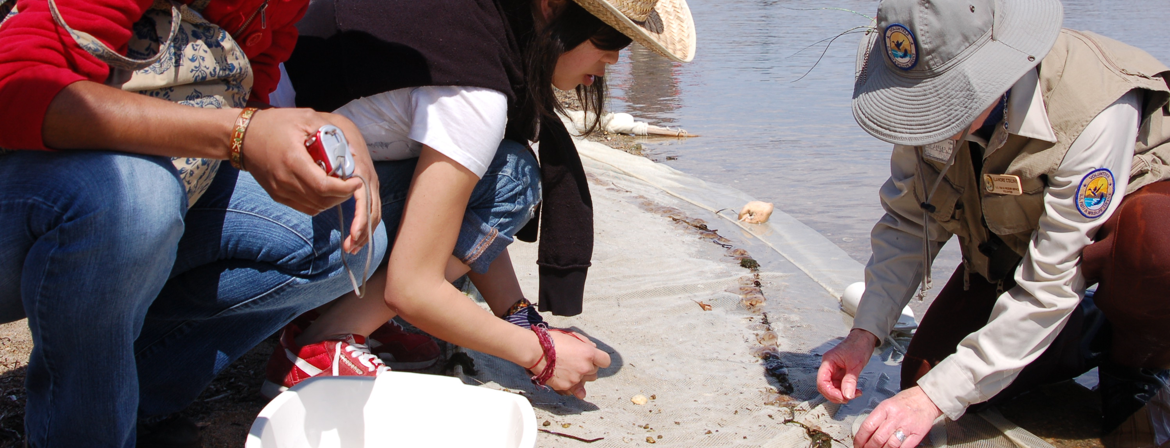The Roles Performed by Peer Educators during Outreach among Heroin Addicts in India: Ethnographic Insights
Dhand, A. (2006). The roles performed by peer educators during outreach among heroin addicts in India: Ethnographic insights. Social Science & Medicine, 63(10), 2674-2685.
Social Diffusion of Campaign Effects: Campaign-Generated Interpersonal Communication as a Polarizing Mediator of Anti-Tobacco Campaign Effects
Hwang, Y. (2009). Social diffusion of campaign effects: Campaign-generated interpersonal communication as a polarizing mediator of anti-tobacco campaign effects. Dissertation Abstracts International Section A, 70, Retrieved from PsycINFO database.
Applicability of Diffusion of Innovations Framework to Best Practice Applications of Human Performance Technology
May, S. (2005). Applicability of Diffusion of Innovations framework to best practice applications of Human Performance Technology. Dissertation Abstracts International Section A, 66, Retrieved from PsycINFO database.
Diffusion of Energy-Conserving Innovations
Darley, J., & Beniger, J. (1981). Diffusion of Energy-Conserving Innovations. Journal of Social Issues, 37(2), 150.
Effects of Word-of-Mouth versus Traditional Marketing: Findings from an Internet Social Networking Site
Trusov, M., Bucklin, R., & Pauwels, K. (2009). Effects of word-of-mouth versus traditional marketing: Findings from an internet social networking site. Journal of Marketing, 73(5), 90-102.
Diffusion of an Effective Skin Cancer Prevention Program: Design, Theoretical Foundations, and First-Year Implementation
Glanz, K., Elliott, T., Steffen, A., O'Riordan, D. (2005). Diffusion of an effective skin cancer prevention program: Design, theoretical foundations, and first-year implementation. Health Psychology, 24(5), 477-487.
The Strength of Weak and Strong Communication Ties in a Community Information Program
Weenig, M. W. H. (1993). The strength of weak and strong communication ties in a community information program. Journal of Applied Social Psychology, 23, 20, 1712-1731.
Factors Influencing Household Recycling Behavior
Oskamp, S., Harrington, M. J., Edwards, T. C., Sherwood, D. L., Okuda, S. M., & Swanson, D. C. (1991). Factors influencing household recycling behavior. Environment and Behavior, 23, 4, 494-519.
The Collective Dynamics of Smoking in a Large Social Network
Christakis, N. A., & Fowler, J. H. (2008). The Collective Dynamics of Smoking in a Large Social Network. New England Journal of Medicine, 358(21) 2249-2258.
Changing Homeowners' Behaviors Involving Toxic Household Chemicals: A Psychological, Multilevel Approach
Werner, C., & Adams, D. (2001). Changing homeowners' behaviors involving toxic household chemicals: A psychological, multilevel approach. Analyses of Social Issues and Public Policy (ASAP), 1(1), 1-32.



